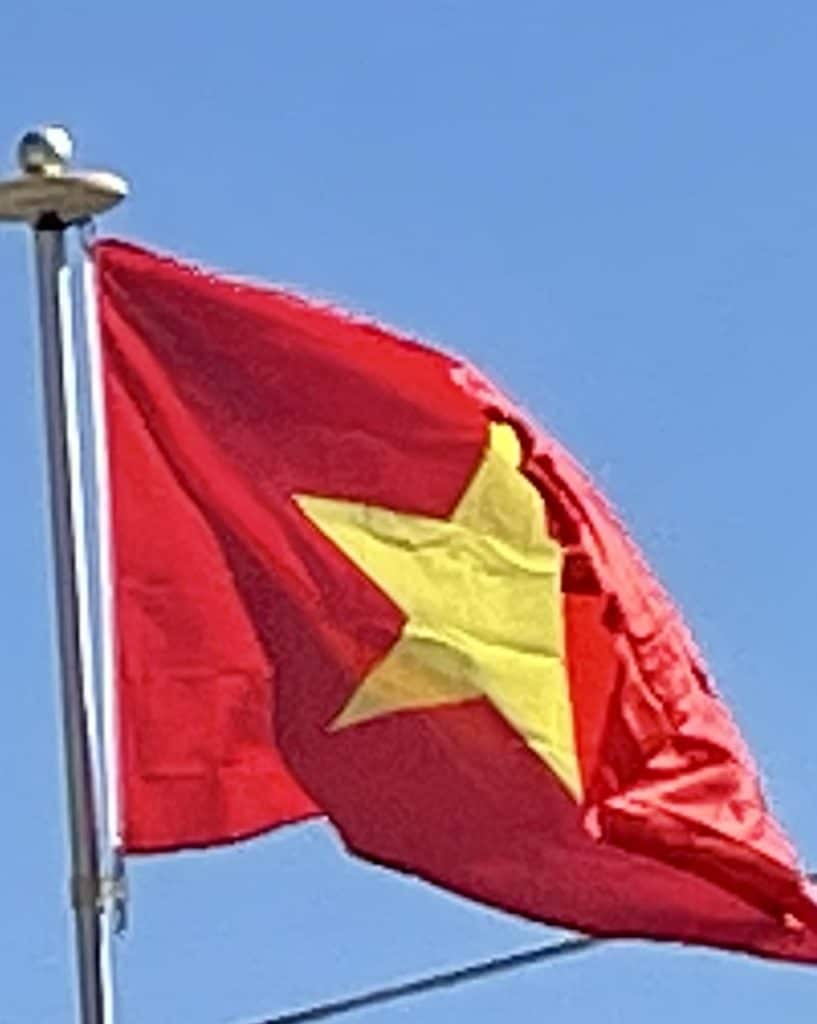
In 1986, the Sixth National Congress of the CPV introduced socialist-oriented market economic reforms as part of the Đổi Mới reform program. Private ownership began to be encouraged in industry, commerce and agriculture and state enterprises were restructured to operate under market constraints. This led to the five-year economic plans being replaced by the socialist-oriented market mechanism. As a result of these reforms, Vietnam achieved approximately 8% annual gross domestic product (GDP) growth between 1990 and 1997. The United States ended its economic embargo against Vietnam in early 1994. Despite the 1997 Asian financial crisis affecting Vietnam by causing an economic slowdown to 4–5% growth per annum, its economy began to recover in 1999, with growth at an annual rate of around 7% from 2000 to 2005 making it one of the world’s fastest growing economies. According to the General Statistics Office of Vietnam (GSO), growth remained strong even in the face of the late-2000s global recession, holding at 6.8% in 2010, although Vietnam’s year-on-year inflation rate hit 11.8% in December 2010 with the country’s currency, the Vietnamese đồng being devalued three times.
Deep poverty, defined as the percentage of the population living on less than $1 per day, has declined significantly in Vietnam and the relative poverty rate is now less than that of China, India and the Philippines. This decline can be attributed to equitable economic policies aimed at improving living standards and preventing the rise of inequality. These policies have included egalitarian land distribution during the initial stages of the Đổi Mới program, investment in poorer remote areas, and subsidizing of education and healthcare. Since the early 2000s, Vietnam has applied sequenced trade liberalization, a two-track approach opening some sectors of the economy to international markets. Manufacturing, information technology and high-tech industries now form a large and fast-growing part of the national economy. Though Vietnam is a relative newcomer to the oil industry, it is currently the third-largest oil producer in Southeast Asia with a total 2011 output of 318,000 barrels per day (50,600 m3/d). In 2010, Vietnam was ranked as the eighth-largest crude petroleum producer in the Asia and Pacific region. The United States purchased the highest amount of Vietnam’s exports, while goods from China were the most popular Vietnamese import.

